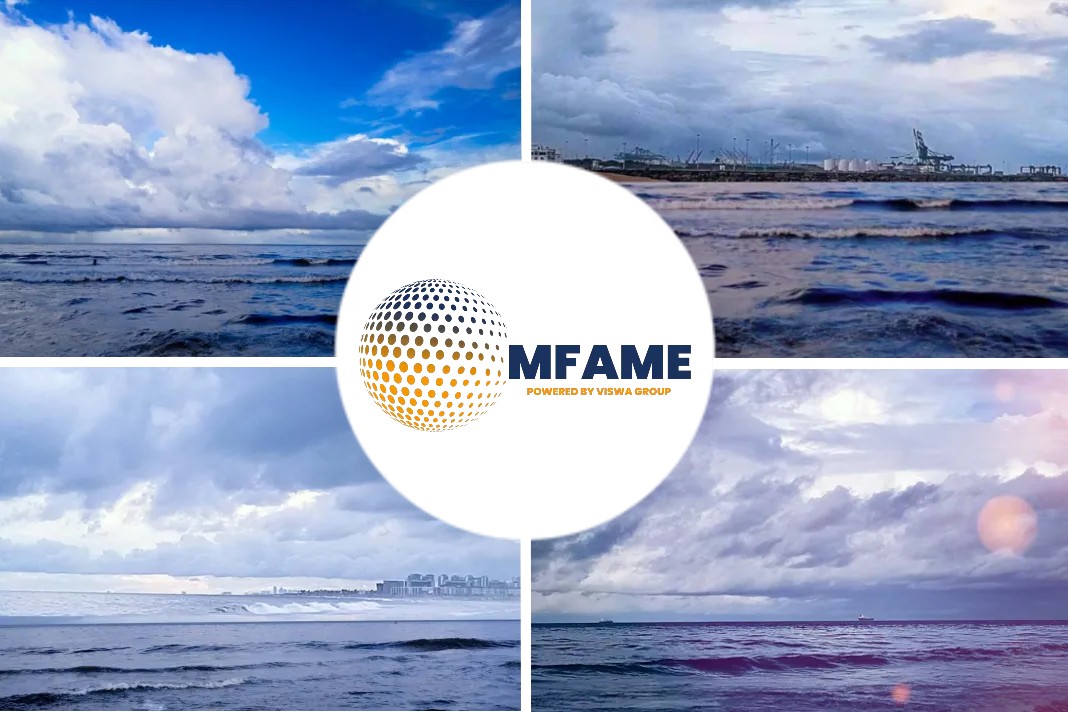The deadliest shark attack in history saw 150 shipwrecked sailors eaten one by one, reports Screenshot.
150 men eaten by the predators
On 30 July 1945, the US Navy heavy cruiser USS Indianapolis was torpedoed by a Japanese submarine and sank within minutes in shark-infested waters. Out of the 1,196 men on board, only 316 survived the gruesome four-day feeding frenzy. However, the Indianapolis had already completed its top secret mission: the delivery of key components of the ‘Little Boy’ atomic bomb that would be dropped a week later on Hiroshima, Japan. The ship’s crew was unaware of its cargo.
It is believed that as many as 150 men were eaten by the predators during the wait for rescue, making it the worst recorded shark attack in history.
After completing its mission, the Indianapolis was sailing for the island of Leyte in the Philippines, where just after midnight it was hit by two torpedoes from a Japanese submarine and quickly began to sink. The torpedoes triggered a chain of explosions that rolled the ship over and caused it to plunge in just 12 minutes.
A 19-year-old seaman, Loel Dean Cox, was on duty on the bridge. Aged 87, he spoke to the BBC and recalled the moment when the torpedo hit. “Whoom. Up in the air I went. There was water, debris, fire, everything just coming up and we were 81feet (25 metres) from the water line. It was a tremendous explosion. Then, about the time I got to my knees, another one hit. Whoom.”
“Can you imagine a ship 610 feet long—that’s two football fields in length—sinking in 12 minutes? It just rolled over and went under,” Cox added.
Most gruesome shark attack
Around 900 of the crew members were initially still alive when the cruiser first went into the water. The survivors were left with only a few life rafts and forced to face the prospect of dying out in the middle of the ocean with nobody there to save them.
Drawn by the sound of the explosions and the thrashing of hundreds of people in the water, that’s when the sharks swarmed. While it should be noted that most sharks don’t actually attack humans, and when they do, it’s mostly due to curiosity, the Indianapolis’ survivors weren’t as lucky.
The Oceanic Whitetip is considered to be one of the most aggressive sharks in the world, and a large group of them was headed right for the survivors. Though slow-moving, it is opportunistic and combative, and is reputed to be dangerous to shipwreck survivors.
On the first night, they largely focused on the floating bodies of dead men, but as more blood spilt in the water, it drew in even more sharks who were enticed by the moving bodies and kicking legs of hundreds of men trying to stay afloat.
“We were losing three or four [men] each night and day,” Cox revealed. “You were constantly in fear because you’d see them all the time. Every few minutes you’d see their fins—a dozen to two dozen fins in the water. They would come up and bump you. I was bumped a few times—you never know when they are going to attack you.”
Dehydration and salt poisoning
For four days those men had to stay in the water as the sharks fed first on the dead and then on the living, killing up to 150 of the shipwrecked survivors. Even those who weren’t killed directly by the sharks but from exposure, dehydration or salt poisoning (some tried to drink seawater), still ended up as fish food regardless.
It wasn’t until 11:00 am on the fourth day that they were finally rescued by a US Navy plane that spotted the survivors and radioed for help. An hours-long rescue operation was launched and the last of the survivors was found just after midnight.
Recent studies show steeply declining populations of Oceanic Whitetips because its large fins are highly valued as the chief ingredient of shark fin soup, and as with other shark species, it faces mounting fishing pressure throughout its range.
Did you subscribe to our daily Newsletter?
It’s Free! Click here to Subscribe
Source: Screenshot















